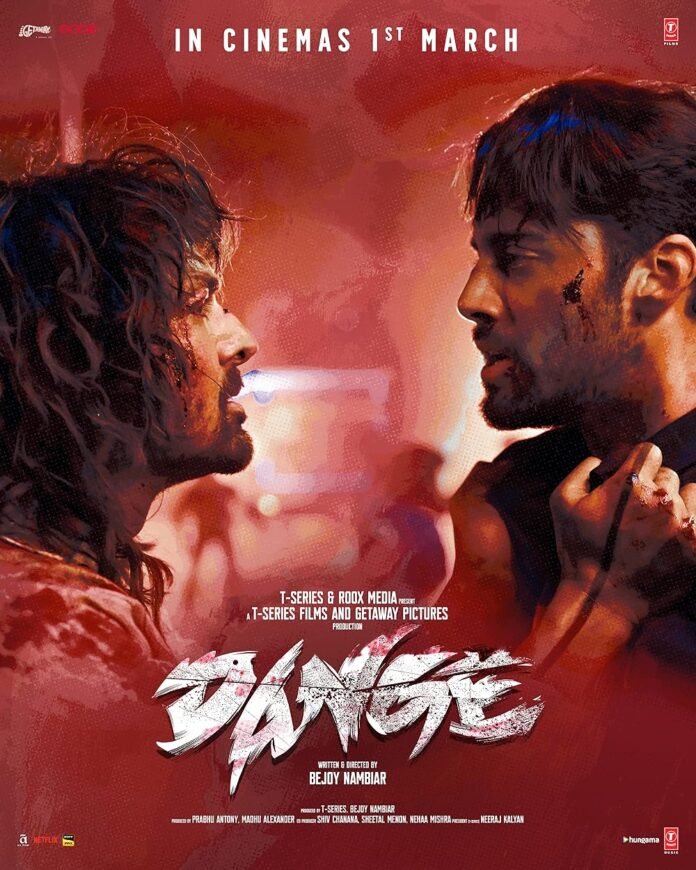The recent depiction of Dalit and Bahujan issues in cinematic portrayals marks a significant emergence within the melodramatic realm of visual culture and mirrors the ongoing social discourse surrounding these communities. For instance, the Netflix series “Dange,” which delves into student issues through their engagement in campus politics and challenges. This portrayal deviates from previous depictions of Bahujan issues in cinema.
Caste and Campus in Dange
“Dange” presents its protagonist in a manner that integrates Bahujan issues into the fabric of campus existence, shedding light on the discrimination faced by students from marginalised communities based on caste. The filmmaker’s choice to highlight how marginal women experience trauma and sexual harassment and the differential support or rejection they encounter based on their immediate identity distinguishes the movie. However, while the film bravely confronts these issues, it also inadvertently perpetuates a saviour complex rooted in caste dynamics, where certain upper-middle-class individuals conveniently overlook caste issues until it involves rescuing lower-caste women. This normalisation of caste-based saviours fails to authentically capture the struggles faced by marginalised individuals on campus, where suicides are tragically common, and mainstream responses often fall short.
Saviour Complex and Savarna Agency
Despite its shortcomings, “Dange” does make some commendable strides, particularly in portraying Dalit women as seekers of justice. The protagonist’s desire to contest for the GS position despite opposition, such as the daughter of a local strongman, underscores the agency of marginalized women. Also, the portrayal of the relationship between the low-caste girl and an elite girl who also wanted to contest for the GS post highlights the nuanced dynamics of caste, where acceptance on a personal level does not always translate to support in positions of power. Thus, when she realised that her friend was also going to fight for the GS post, she harmed her so that she could not contest the post.
Here. the film stumbles when it adopts a Savarna saviour narrative, undermining the agency of Dalit characters by positioning them as passive recipients of external support. The challenges faced by the Dalit protagonist, such as her hand being burned by a local Gunda (muscle-power man) for daring to aspire beyond her perceived caste location, highlight the hierarchical power structures that perpetuate caste-based discrimination.
In portraying anti-caste iconic figures like Ambedkar, Shahu, and Phule in a scene in the movie, “Dange” attempts to depict Dalits and Bahujans as individuals with agency and voice in a scene but fails to acknowledge their own struggle in the campus when they seek support. Here, it falls short of fully realising this vision by relying on Savarna’s perspectives to drive the narrative. Ultimately, while “Dange” represents a step forward in bringing marginalised low-caste voices to the cinematic discourse, it also underscores the need for greater nuance and authenticity in depicting the caste-based atrocities where the appropriation of struggle should not be done by the oppressors.

Vikash Kumar is a PhD candidate, Centre for Historical Studies, JNU.


